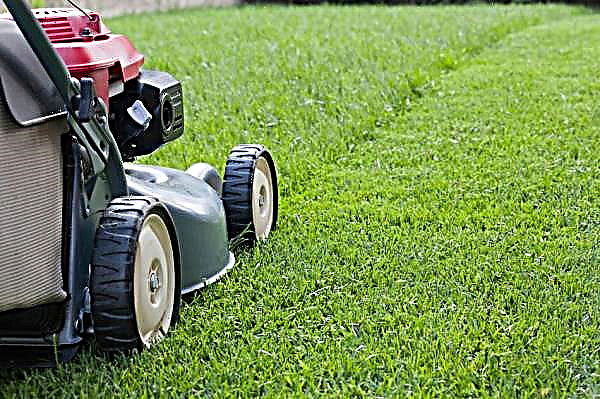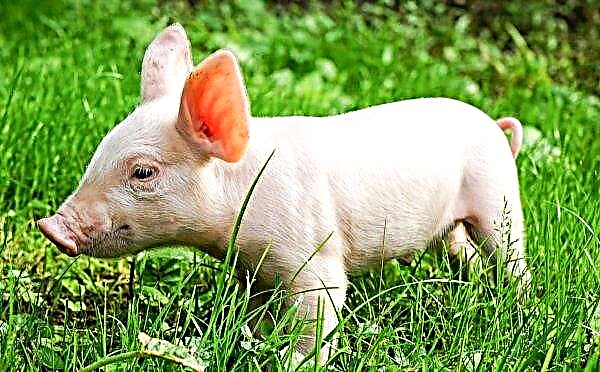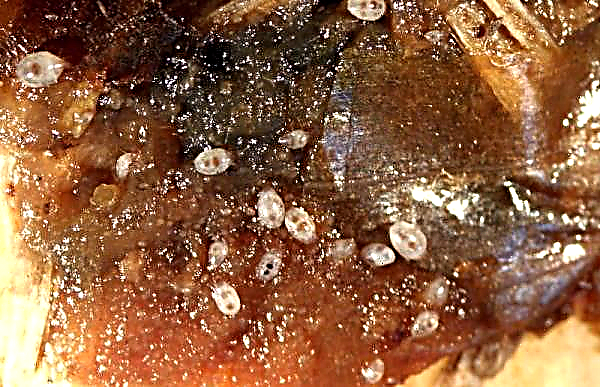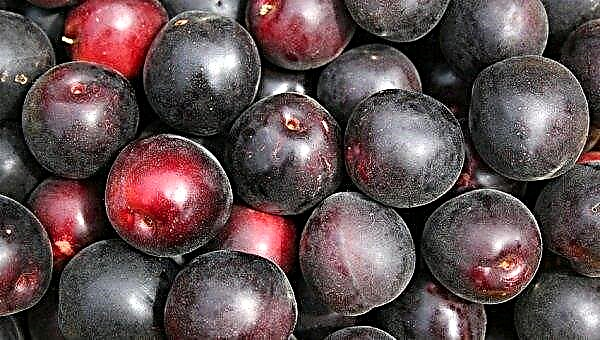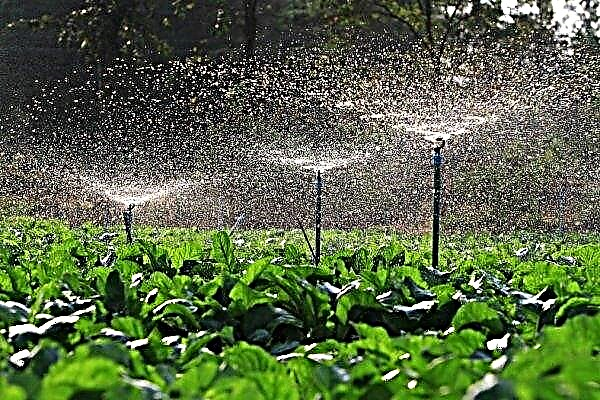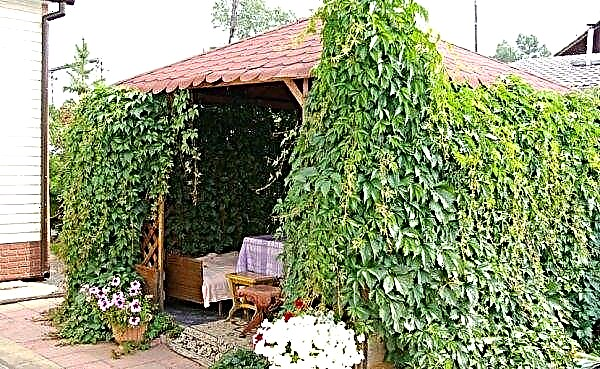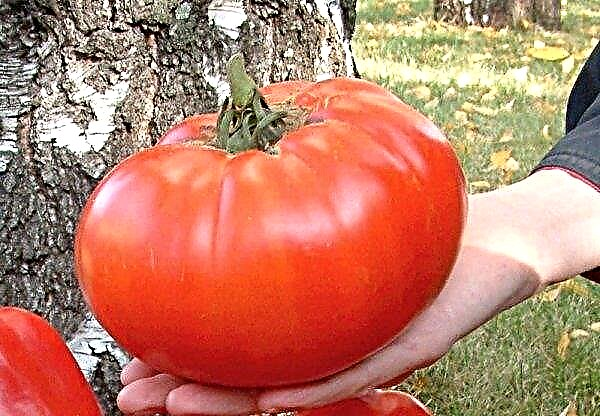Microbiota cross-pair (microbiota) belongs to the cypress family. This unusual relic plant has a number of advantages that make it indispensable in decorative scenes. The article discusses the features of planting and growing this plant.
Microbiota in landscape design
In landscape design, this evergreen coniferous shrub is indispensable due to the low growth and ground cover nature of the openwork crown. Its branches are covered with tightly pressed scaly needles. Small biota, as gardeners also call it, is often planted in the foreground at the base of more tall shrubs. It occupies a worthy place in groups where contrasting shapes and colors are combined (for example, next to thuja, various types of juniper, and undersized fir trees). Advantageously sets off other beautifully flowering shrubs in the compositions, for example, Japanese quince or even deciduous species, such as barberry. Ideal natural compatibility in biota with stones and rocks.
It occupies a worthy place in groups where contrasting shapes and colors are combined (for example, next to thuja, various types of juniper, and undersized fir trees). Advantageously sets off other beautifully flowering shrubs in the compositions, for example, Japanese quince or even deciduous species, such as barberry. Ideal natural compatibility in biota with stones and rocks.
Important! Cross-pair microbiota for a long time preserves the given shape, because in a year it adds no more than 2 cm. But in breadth it can grow up to 5 m.
Together they create a complete story without the proximity of other plants in any rock garden:
- on an artificial hillside;
- on an alpine hill;
- in various rockeries (small stone flower gardens).
This rock breed of conifers is successfully used in landscaping and strengthening slopes on the site. You can plant a microbiota and as a border plant. The microbiota also has the advantage that it feels great both in the open sun and in the shade of overgrown tall plants, where representatives of other conifers take root with great difficulty.
Rules and step-by-step landing instructions
Due to its unpretentiousness, the plant is able to take root on any moderately fertile soil - sandy loam or loamy. The soil must be loose. The microbiota easily tolerates severe frosts, drought, grows well both in the shade and in the sun - you can choose almost any site in the garden. However, it should be noted that under the influence of direct sunlight, the growth of the bush significantly slows down.
For young landings, protection from strong winds is important. It is important to observe the distance to the nearest neighbors - at least 1 m, so that the thick bush itself feels comfortable and does not obscure other plants. If you need to get a dense planting, the distance can be reduced to 50 cm. The best planting material is seedlings grown and purchased in containers.
Did you know? Microbiota cross-listed in the Red Book of Russia due to the fact that it is less and less found in the wild (grows in the Far East).
Their advantage is that they are fed with long-acting fertilizers and are not digged, which means there is no risk of rhizome damage. Bushes are planted in the spring. At the selected site prepare the landing pits of the desired depth. To the size of the root system add 20 cm to the drainage layer. As drainage, stone crumb or crushed stone of a small fraction is used.
Having prepared the place, you can begin the process of landing:
- The excavated soil is mixed with sand and peat compost in a ratio of 3: 1: 1.
- The root neck is deepened by 1-2 cm.
- Place the roots so that they do not intertwine with each other.
- Gently fill the roots and lightly tamp the ground (layer thickness of at least 10 cm).
- The landing site is abundantly watered and mulched with wood shavings or peat.
Further care
Subject to the rules of planting in open ground, the plant will develop without any problems. Leaving does not require much time and effort.
Watering and fertilizer
Perhaps the only condition for the active growth and development of microbiota is the prevention of waterlogging of the soil and stagnation of water. However, this plant requires abundant watering and regular spraying. Watering is necessary after the complete drying of the upper root layer of the soil. Each bush requires about 5 liters of water. With drought, watering is carried out 2 times a week until the resumption of natural rainfall. It is better to use the “sprinkling” method rather than pouring it under the root.
In order to save moisture, it is useful to mulch the trunk space of the bushes:
- peat;
- sawdust in combination with compost;
- humus;
- crushed bark;
- leaves and needles.
During irrigation and during rains, a 6–8 cm layer of mulch accumulates moisture, and then gradually gives it away. They practice spraying shrubs, t. This procedure has a beneficial effect on the state of the crown. In the summer, it is advisable to conduct it daily in the evening. Top dressing should be carried out in the spring. At the first time after planting, fertilizers are poured into the near-stem circle so as not to dig the soil and not harm the roots.
It can be any rotten organic matter:
- dung humus;
- compost.
2-3 years after planting, it is advisable to feed the plant with complex fertilizers - water-soluble or granular preparations. Reapply nutrients every 2 years.
Trimming and Shaping
The microbiota has wide open horizontal branches forming distinctly expressed tiers. Crohn is asymmetric. At first, growth is very slow. Shrub pruning is carried out only if necessary, removing damaged branches.  Over time, with the help of pruning, they begin to form a crown and regulate growth, although an adult plant grows no more than 1 m in height. Biota tolerates this procedure well, subject to deadlines. The optimal pruning time is the end of April or the beginning of May (before the start of the growing season).
Over time, with the help of pruning, they begin to form a crown and regulate growth, although an adult plant grows no more than 1 m in height. Biota tolerates this procedure well, subject to deadlines. The optimal pruning time is the end of April or the beginning of May (before the start of the growing season).
Weeding and cultivation
For young plantings, weeding is mandatory. Loosening is necessary to a depth of about 6 cm. It is important to remove weeds from under the spreading crown in a timely manner.
Important! In a group planting of microbiota, loosening is contraindicated because of the risk of damage to the root system.
How to transplant
A small biota painlessly responds to a transplant even in adulthood, i.e. it does not have deep and too branched roots. However, in preparing the plant for a change of residence, you need to cut the root system in advance and gradually to make it even more compact. If you transplant a plant without an earthen coma, it will be much harder to take root.
Winter preparations
Microbiota recommend to cover very young seedlings for the winter with spruce branches or dry foliage so that spring frosts do not damage fragile shoots. The squat crown of biota with a diameter several times greater than the height, therefore, is able to withstand the powerful snow load without negative consequences.
Breeding methods
Methods of reproduction of microbiota - seed and vegetative:
- You can grow a microbiota from seed, but it’s difficult, and it will require specific knowledge and skills from the gardener: to collect seeds from the cones, to plant and grow seedlings, to transplant into the open ground - all this is a troublesome and time-consuming process.

- Propagation is possible cuttings. For this purpose, at the end of spring or at the beginning of summer, strong but not too actively growing side branches of the previous or current year are cut up to 15 cm in size. Rooting them in the substrate occurs by the end of summer and they quite winter in the open ground.

- On the layering use shoots that can easily be pressed to the ground. After rooting, they are separated from the mother plant, cutting their connection not once, but several times. Often shoots that come into contact with the soil themselves take root.

Diseases and their treatment
Microbiota cross-resistant to pests and diseases, thanks to natural immunity. It does not fade in the sun and is not subject to rot. By observing the rules of care, you can avoid problems with the health of the plant.
Did you know? The microbiota received the nickname "stone pillow" due to the fact that its crown is surprisingly soft, flexible, but at the same time so strong that it can withstand the weight of an adult.
In the description of the species under consideration, a peculiarity was noted: in the summer, the soft needles of the shrub, pleasant to the touch, have a dark green color, and with the approach of autumn it turns brown, acquiring a shade of aged copper. This is a natural process.
Pests and the fight against them
All kinds of pests avoid contact with this shrub, which is another tangible advantage of microbiota. Cross biota can be deservedly considered a successful acquisition for any garden. It will decorate and complement the decorative composition, but at the same time it will not cause much trouble in the cultivation and care.
It will decorate and complement the decorative composition, but at the same time it will not cause much trouble in the cultivation and care.




